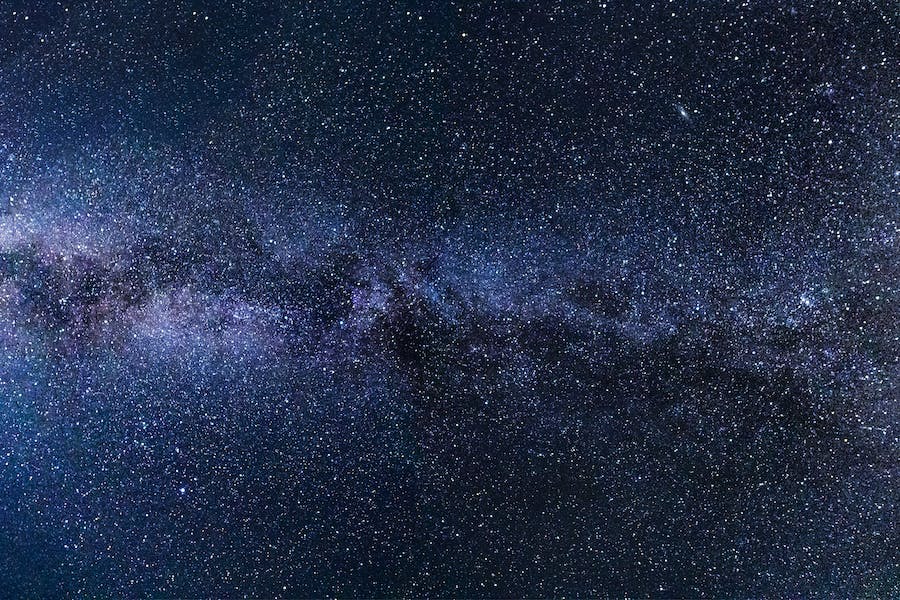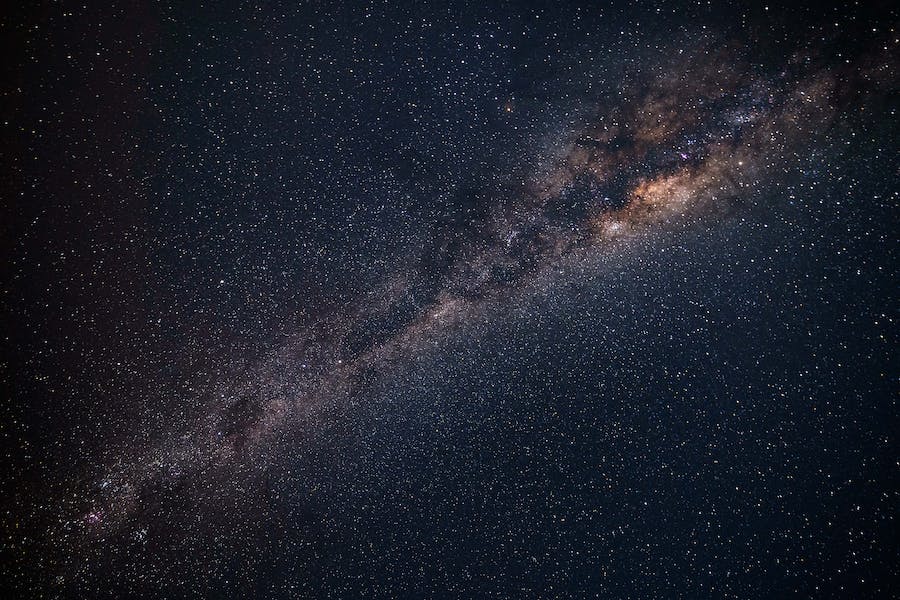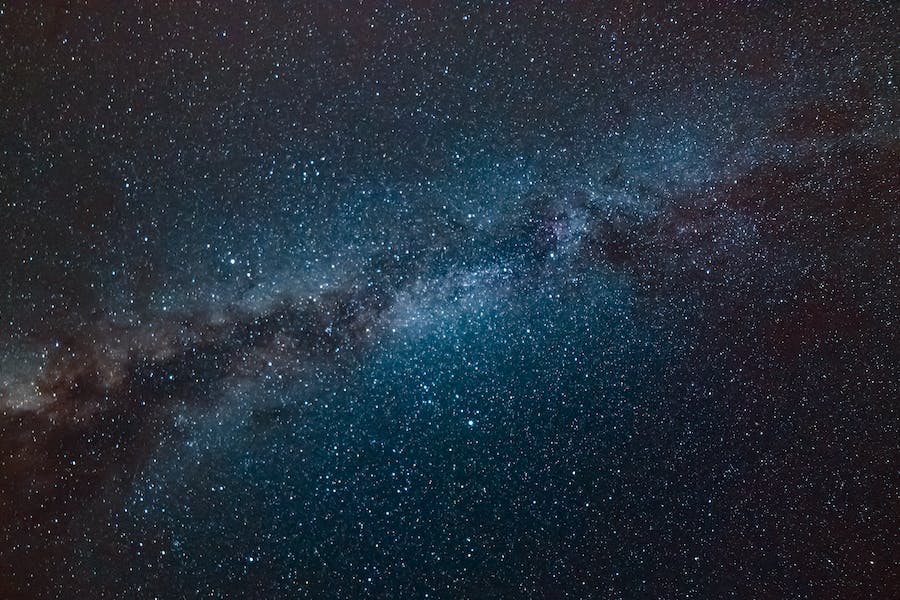What lurks in the chilliest corners of reality? This quest drives physicists to push thermometers beyond frigid extremes across the cosmos and into the quantum realm. Their search for the coldest place in the universe reveals phenomena far stranger than mere iciness. So, what is the coldest place in the universe?
Determining the absolute zero limit of temperature holds surprises – coldness that defies notions of heat and disorder. The quest to push universal coldness records ever lower leads across epic scales – from ghostly neutron stars to nano-scale quantum systems.
So, this article explores mind-boggling frigid extremes across the cosmos and in physics experiments. We will unravel what enables both vast cosmic structures and tiny quantum systems to reach temperatures that set the bar for the coldest things in the universe.
What is the Coldest Place in the Universe?
The coldest known place is the Boomerang Nebula, a protoplanetary nebula located about 5,000 light years from Earth in the constellation Centaurus. It is barely above absolute zero with a frigid temperature of only 1 degree Kelvin (-272 Celsius; −457.87 °Fahrenheit).
This extreme cold comes from the nebula’s rapid expansion, faster than any other known nebula in space. As it expands outward quickly, the interior gasses cool dramatically, reaching staggeringly low temperatures.
The gasses inside the Boomerang Nebula have cooled to the point of near-total kinetic energy loss, slowing molecular motion to a near halt. This lack of heat energy and near standstill of atoms enables it to reach 1 Kelvin, closer than anywhere to absolute zero.
Hence, the Boomerang Nebula, while relatively small, is the natural coldest place observed by humans. It earns the title of coldest known place in the entire universe.

Frigid Extremes: Why Is Space Cold?
The universe is home to incredibly cold temperatures, pushing the limits of what is physically possible. These cold extremes far exceed anything we experience on Earth.
In the vastness of space, temperatures can drop to levels that are hard for us even to imagine. These extremely cold conditions approach the quantum limits, making understanding the physics in unfamiliar environments challenging.
Record cold temperatures
In the huge expanse of space, temperatures get super cold. The measurements go way below freezing, hitting super-extreme levels. The coldest spots in space make the iciest places on Earth seem warm!
Also, scientists have recorded incredibly low temperatures on different planets and in various parts of outer space. These temperatures go way below what we imagine cold on the Kelvin scale. It’s like they’re testing how cold things can get.
How coldness shapes celestial objects
In the vastness of deep space, extreme cold creates amazing icy things such as planets, moons, and comets. Beautiful crystal patterns form in the chilly environment. This happens not only in our solar system but also far beyond it. The cold vacuum of space has crafted stunning icy designs all over the cosmos.
Even the farthest members of our Sun’s family, like Pluto and the objects in the Kuiper belt that orbit it, have been molded by super cold temperatures. These celestial bodies showcase artistically carved surfaces where the cold has left its mark, creating eerie and icy landscapes lacking warmth.
Cosmic chilliness
Vast space coldness
In the vast emptiness of space, there’s a super cold thing called cosmic background heat. It’s tiny—just three degrees above absolute zero. This mega-coldness is everywhere, filling the space between stars and galaxies. Even though there’s no air in space, there are still leftover bits of heat from when the Big Bang started everything.
This cosmic background temperature is at 2.725 Kelvin, a bit warmer than absolute zero. This crazy coldness makes space so chilly, especially in the areas between stars and galaxies. It’s like a super cold baseline with occasional warmer spots, like stars.
Localized extreme cold
Certain celestial bodies go beyond the usual cold of outer space. They hit incredibly freezing temperatures, like the icy milestones of Pluto and other dwarf planets in the Kuiper belt. Even though space is super chilly, some of these bodies are even colder.
Moreover, Pluto and the smaller objects in the Kuiper belt experience extreme cold in specific areas. Since they have little internal heat, their surfaces can drop to dozens of degrees above absolute zero.
What enables cosmic super coldness
In space, there’s no heat like we have on Earth. Temperatures can drop greatly on airless moons in dark craters and faraway icy planets. This shows how cold space is across our solar system.
As there’s no air to keep the heat in, icy moons and planets lose a lot of heat. This makes space even colder, especially with no direct heat source. In shadowed craters, their little heat disappears into the dark emptiness of space.
Physical principles of cosmic cold
Basic thermodynamics control how heat is lost. When warmth radiates without atmospheric insulation, it causes extremely cold conditions. Even in the coldest places in the universe, quantum effects come into play due to these simple physical rules.
So, when there’s no protective atmosphere to keep warmth, bodies exposed to space lose all their heat. This results in environments as cold as those created in laboratories, where extreme temperatures push the limits of temperature physics.
Background Radiation and Its Impact
Understanding background radiation
Background radiation fills space with a gentle warmth, a leftover from the Big Bang’s intense heat. This subtle but widespread warmth is like a faint glow, marking the universe’s early days. However, it’s still here, lingering across the vast cosmic landscape.
Cosmic microwave background
This radiation now acts like microwaves, glowing steadily at 3 degrees Kelvin. It covers the entire universe evenly, leaving faint thermal traces from its fiery beginning.
Today, the background radiation in space shines brightest in the microwave part of the light spectrum. These microwaves keep the whole observable universe consistently warm at an average temperature of 2.725 Kelvin.

Influence on Cosmic Temperatures
Temperature baseline setter
The cosmic background radiation gives us a starting temperature for space. It’s like a constant warmth that’s always there, even in areas without stars.
This widespread microwave glow acts like a cosmic thermostat, setting the basic temperature for space. It might be a small amount of heat, but it’s important, especially in the big empty spaces with no stars.
Temperature dynamics shaper
Warmth fills the space, spreading its gentle heat. Its constant microwaves engage with different objects, causing temperatures to either rise or fall. Yet, this depends on the materials involved.
The subtle heat from this radiation interacts with various physical structures, affecting things on different scales. Depending on the makeup of molecules, materials can either absorb more heat from the surroundings or release heat into them. This process influences the temperature extremes throughout the entire cosmos.
Insights Into Early Universe Physics
The faint glow of the Big Bang comes from a time capsule. It gives us clues about how things were in the early universe. Measurements show the conditions back then and paint a picture of a time when atoms didn’t exist.
This glow is like a relic from super hot ancient times. By looking at the properties of this microwave glow, we can see right back to the start of time and space during the Big Bang. Hence, studying the tiny changes in temperature tells us more about the super intense environment when atoms were starting to form in the early particle soup.
Giant Stars and Cosmic Coldness
Introduction to giant stars
Immense stellar giants
Giant stars are super big in space. They’re way wider than our Sun—like hundreds of times wider. And they weigh a lot more, too.
These huge stars can be over 1,000 times the size of our Sun. Since they’re so big and give off a lot of energy through fusion, they stand out as a special group in the galaxy’s family of stars.
Coldness connections
Giant stars release cold dust into space in big explosions when they die. This dust can either block warmth or give off extreme cold in the areas where the leftovers of the explosion float around.
When giant stars die, they forcefully shoot out their outer layers into space through exploding supernovae and stellar winds. Inside these leftover parts, huge cold clouds form, making areas that either stop outside heat or release any small warmth they have through efficient radiation.
Exploring the Boomerang Nebula
Record-setting cold spot
The Boomerang Nebula is the coldest spot. It challenges our ideas about really, really cold places. This little nebula has the record for the lowest temperature found in nature. Just a bit above absolute zero, it’s way colder than bigger and seemingly more extreme celestial bodies.
Speedy expansion mechanisms
The Boomerang Nebula is getting bigger much faster than any other nebula. As it grows quickly, it removes all the heat, making it super cold, just a bit above zero.
This extreme chill happens because the Boomerang Nebula expands quicker than any other nebula. As it gets bigger quickly, it pulls along its gases, taking away almost all their heat and energy.
Unique Contributions to Coldness
Coldness laboratory
The Boomerang Nebula gives us a peek into how super cold gases act. This little space cloud is super chilly, breaking temperature records. When we want to learn how things get super cold, we need to check out extreme cases. And that’s not just in this tiny nebula; we’re talking about the gigantic cosmic space around it.
Looking into why this small nebula is so incredibly cold can teach us how dust and particles behave in crazy low temperatures. It’s like solving a mystery that goes beyond this nebula and stretches across the huge map of our galaxy.
Pushing universal coldness
This small, quickly expanding nebula can teach us about finding even colder areas hiding in the dark of space, waiting to be uncovered in the forever night.
The Boomerang Nebula, currently the coldest known, helps us explore how cold things can get in the vast universe. Other similar nebulae in unexplored areas might soon take its title as the coldest space spot.

Conclusion
What is the coldest place in the universe? The Boomerang Nebula is the coldest natural place ever found. This tells us much about how extreme things can get in our ever-expanding universe. By delving into the secrets of this tiny, rapidly inflating nebula, we might discover even colder spots in space as time goes on.
What we’ve learned here sheds light on the different environments and levels of coldness across the stars we can see, both near and far. From the universal microwave background radiation’s steady warmth to little, isolated pockets, it challenges our ideas about the coldest things in the universe.
As our ability to measure things precisely improves, we might find even colder nooks hidden among the less-explored celestial bodies. But for now, the distant Boomerang Nebula shows us how incredibly cold things can get in our ever-changing cosmos filled with extremes.
